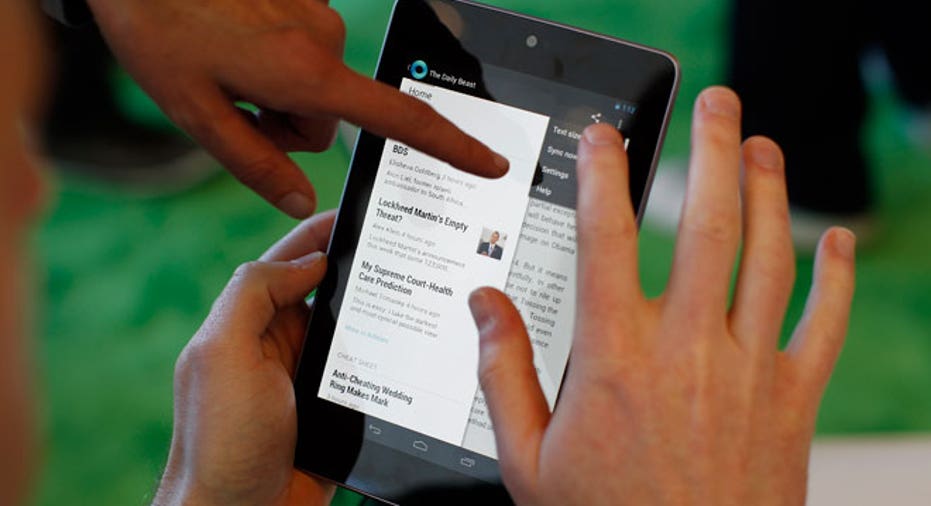What You Need to Know About SEO and SEM

SEO and SEM may look more like alphabet soup than important strategic tools, but “search engine optimization” and “search engine marketing” can actually be secret weapons in helping grow your business.
According to the latest Fleishman Harris survey, 89% of consumers turn to the Internet to compare travel and leisure options, and 88% use the web to compare goods and services for their children. And it’s not just major companies that stand to benefit from online browsing; a recent Google study found 95% of smartphone users search for local information.
“Without an online strategy, you won’t be in business for very long,” says Grant Simmons, director of SEO and Social Product at The Search Agency in Los Angeles, CA. “Basic search strategies have saved businesses.”
Simmons shared these five tips for harnessing the power of search engines.
What’s the Difference Between SEO and SEM?
Before getting started, it’s helpful to understand the difference between SEO and SEM. In a nutshell, search engine optimization means taking action to help raise a site’s profile when it comes to online searches.
If you run a bakery in Topeka, you want to make sure when people type in search terms like “Topeka” and “cakes,” your site is one of the first to appear on the page. By making small tweaks to your website (A.K.A. “optimizing”), you can improve your company’s performance in search results.
While the term search marketing can encompass SEO efforts, search engine marketing more specifically refers to paid advertising efforts, such as “pay-per-click.” With this, companies bid on search terms, and then pay each time an individual clicks on the ad. Because companies only pay each time a user clicks on their link, SEM can be a very affordable marketing strategy for small businesses.
5 Tips to Master SEO and SEM
No. 1: Understand what sets your business apart.
“You have to understand why you’re different, and what you’re an expert in,” says Simmons. If you own a boutique in Houston, think about what sets you apart from other stores.
Are you the only high-end women’s store in a certain part of town? Is your store the only one in Texas to sell a few special designers? Do you offer customer service that makes you stand out from the pack? Once you figure out what makes your business unique, you can tailor your messaging to market these attributes.
No. 2: Create content – and organize it logically.
“Search engines are trying to match a query with relevant content,” says Simmons. To make sure your messaging reaches consumers on the web, it needs to be indexed by search engines. Simmons says the best way to make this happen is to keep your content organized and clearly labeled.
The content should be connected from the homepage, says Simmons – a technique called “spidering.”
“If you’re a candlestick maker in Santa Monica,” says Simmons, “put the basic information on the homepage. Then spread off to a page on specific types of candlesticks. Maybe have another page on candlestick stands, the other on smells, and another on history.”
Simmons stresses there should be a logical breakdown of information, linked clearly throughout the site.
No. 3: Become good friends with Google.
“I can’t stress this enough – I’m not gaga over Google, but they’ve made it so it’s really hard to play the Google game without playing with Google,” says Simmons. Considering that over 66% of searches are done on Google, it makes sense to focus your attention on the search giant. (The next largest competitor, Bing, has only 17% of the market, according to comScore.)
To that end, Google has a number of tools that cater to small businesses. The first way to make nice with Google is to create a Google Webmasters account, which allows you to show Google a map of your website. Through this, you’re letting Google know that you exist, and you’re increasing the chances that your page will show up when someone types in a relevant query.
No. 4: Get on Google Plus.
Simmons says the next step to getting Google to prioritize your business is to claim your company’s Google Plus page. “[Google Plus] essentially allows you to create a page within Google, and enter in information about your business. If you find that a Google Plus page already exists for your business, it’s quite simple to claim – you can do it with a phone number tied to the business,” says Simmons.
While you may not think Google Plus is as big of a deal as other social media networks like Facebook, Simmons says Google Plus pages rank very highly in search results. They’re also tied to Google maps, giving users yet another way to find your business.
No. 5: Use Google Adwords.
“Google Adwords Express is made for small businesses – it’s a no-brainer,” says Simmons, who says the program walks entrepreneurs through the steps to understand pay-per-click marketing, where certain queries will turn up your business in the paid ad section of the search engine.
“[Google] sets it up, and it’s automated. You set a budget … and you press go,” says Simmons. So, if tons of people are clicking on these “paid” links, you won’t get hit with a humongous bill at the end of the month – once you hit your limit, the paid ads will turn off.
Once you go through Adwords’ setup process, Simmons recommends starting with a pay-per-click budget of $100 per month. “You can maybe get away with $25 or $50, but you won’t get as many insights,” says Simmons. By tracking which paid keywords result in the most clicks (and then the most sales), you can start to figure out what really attracts customers to your business.
While Simmons says Google is the “biggest piece of the pie for most businesses,” he notes that Yahoo and Bing offer similar options for small businesses.



















